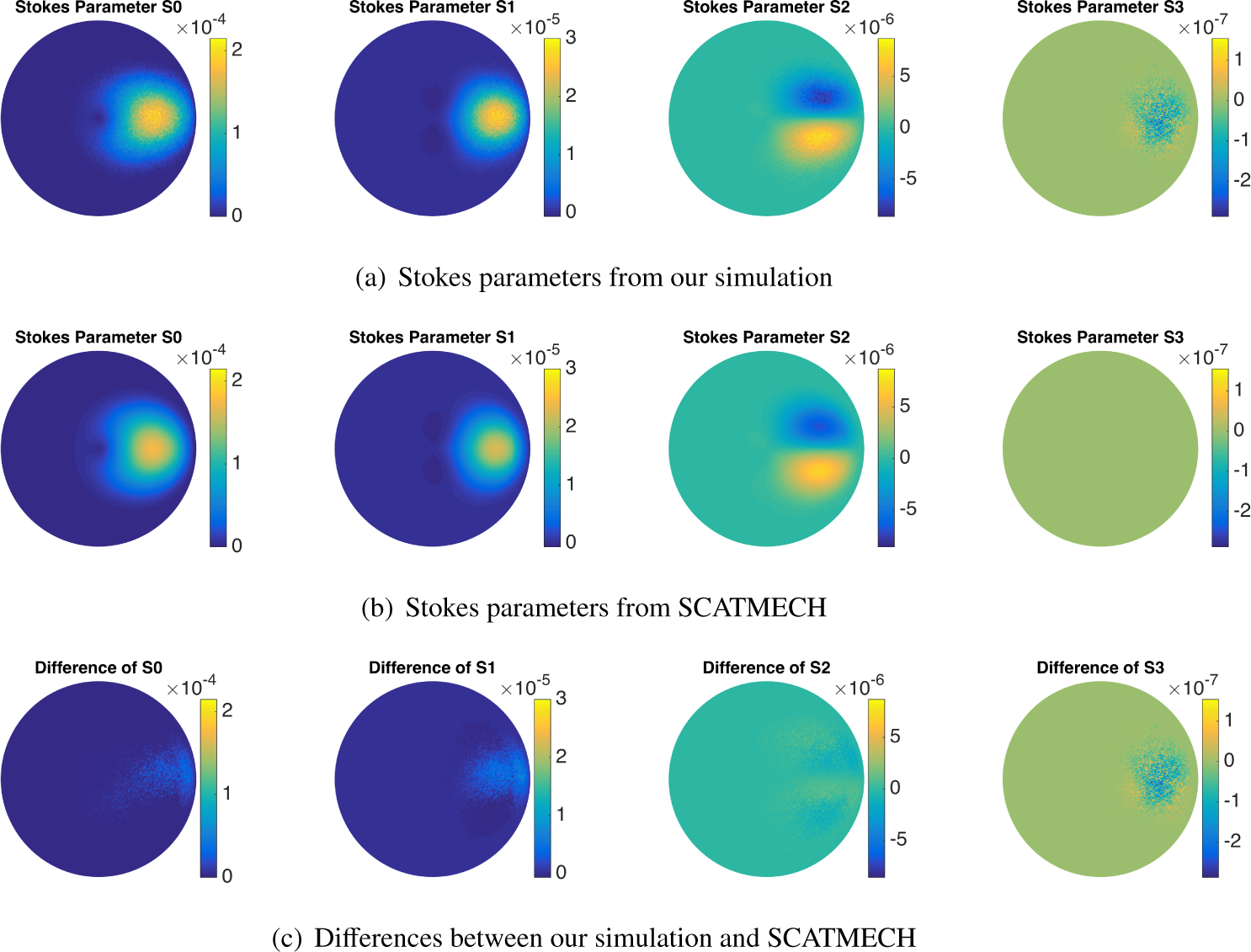As this paper was published in a fully Open Access journal, please follow the DOI link to access the full text.
Abstract
Microfacet-based BRDF models are a common tool to describe light scattering from glossy surfaces. Apart from their wide-ranging applications in optics, such models also play a significant role in computer graphics for photorealistic rendering purposes. In this paper, we mainly investigate the computer graphics aspect of this technology, and present a polarisation-aware brute force simulation of light interaction with both single and multiple layered micro-facet surfaces. Such surface models are commonly used in computer graphics, but the resulting BRDF is ultimately often only approximated. Recently, there has been work to try to make these approximations more accurate, and to better understand the behaviour of existing analytical models. However, these brute force verification attempts still emitted the polarisation state of light and, as we found out, this renders them prone to mis-estimating the shape of the resulting BRDF lobe for some particular material types, such as smooth layered dielectric surfaces. For these materials, non-polarising computations can mis-estimate some areas of the resulting BRDF shape by up to 23%. But we also identified some other material types, such as dielectric layers over rough conductors, for which the difference turned out to be almost negligible. The main contribution of our work is to clearly demonstrate that the effect of polarisation is important for accurate simulation of certain material types, and that there are also other common materials for which it can apparently be ignored. As this required a BRDF simulator that we could rely on, a secondary contribution is that we went to considerable lengths to validate our software. We compare it against a state-of-art model from graphics, a library from optics, and also against ellipsometric measurements of real surface samples.
